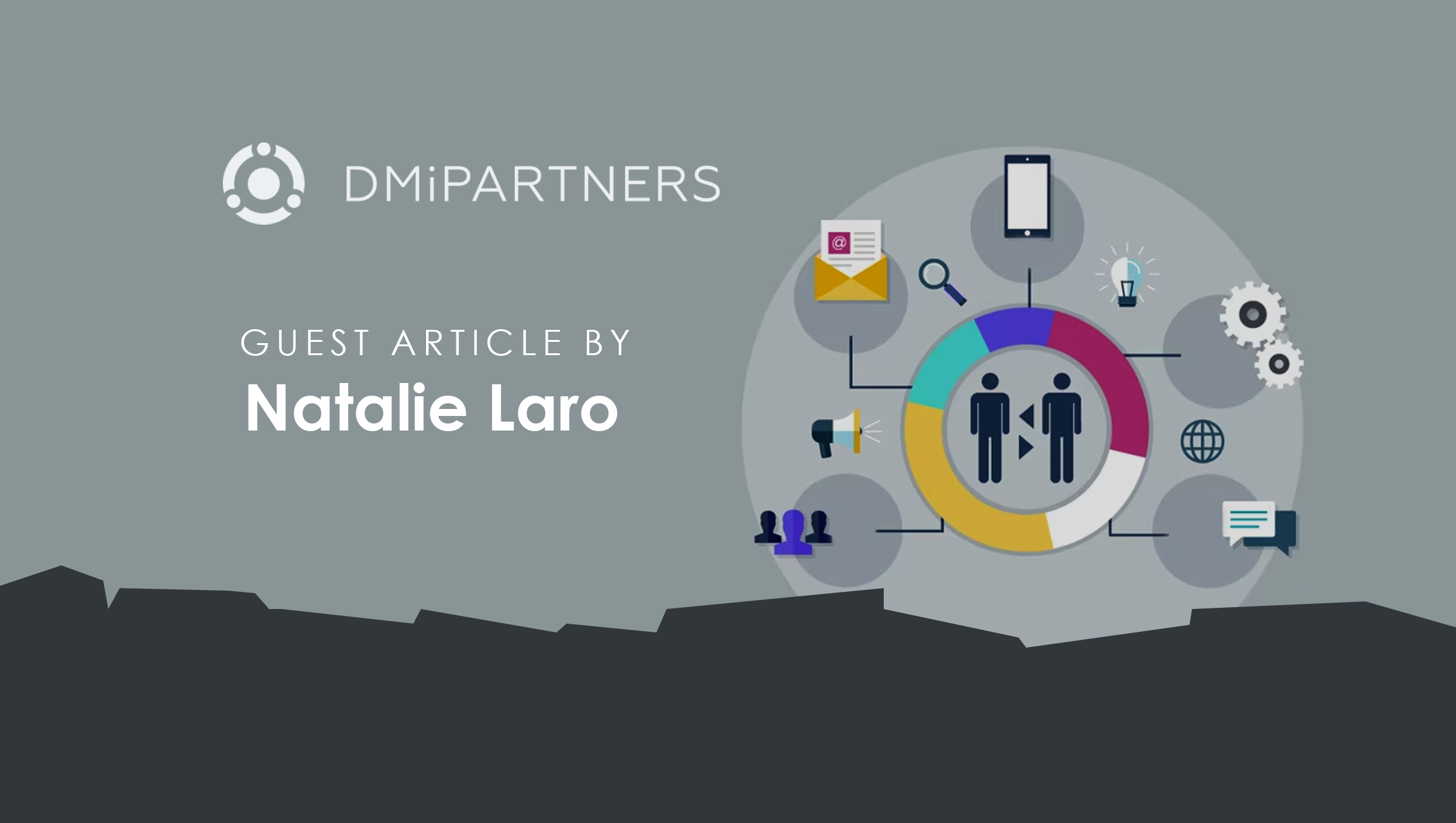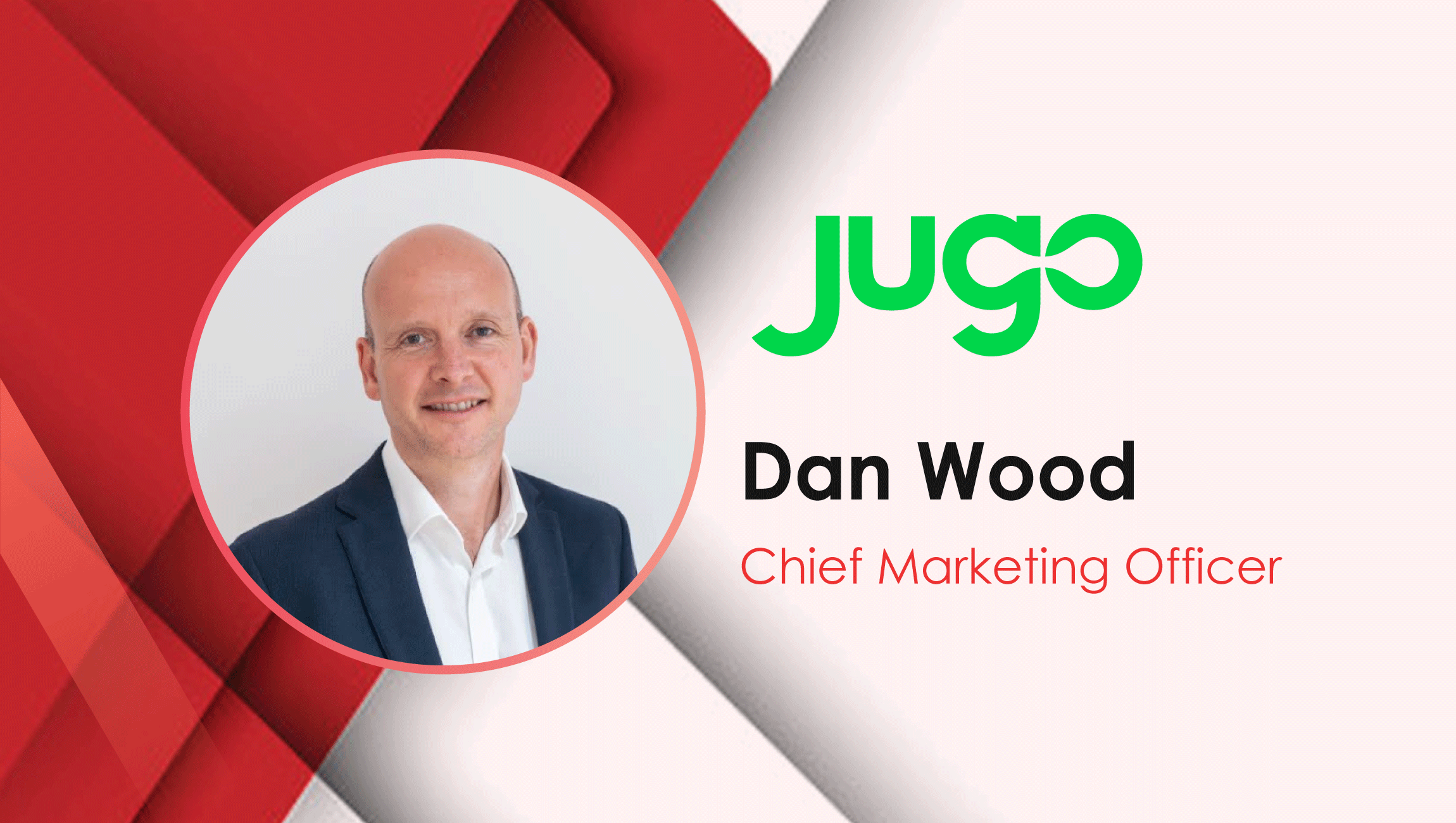Life at marketing agencies – or any service-based companies in fast-changing industries – is often stressful. Glassdoor and LinkedIn are full of horror stories from agencies moving too fast, ignoring employee feedback, refusing to cut ties with abusive clients, etc.
For some marketers, it’s worth the stress to get a good paycheck, work with big-name brands, and/or learn an enviable variety of skills to use as a springboard to the next big career opportunity. It’s pretty widely understood, though, that agency life isn’t for everyone.
But what if it could be?
I’m currently the Director of People at a successful, independently owned digital marketing agency that keeps its employees happy. Employees who have been here for over a year are averaging over five years of tenure, and in the short months since I’ve joined, we’ve won workplace awards from Gallup, the Philadelphia Inquirer, and Inc.com.
Before I launch into lessons I’ve learned at my current company, a caveat: I have only been here since Feb. 2023, so I am most definitely in the honeymoon phase and wouldn’t know which closet to check for skeletons. That said, sometimes it takes fresh eyes to recognize the extraordinary. And after years of working in the agency world, I noticed several differences here almost immediately.
When you read these, understand: the differences aren’t magic. They’re achievable for just about any agency who cares to adopt them, even if there are investors or shareholders in play.
Marketing Technology News: MarTech Interview with Melissa Bridgeford, Co-founder and CEO of Wizard
Take a breath
The first thing I noticed about DMi leadership is the thoughtfulness that goes into every decision, made through collaboration and reflection on how it will affect teams, individuals, and clients.
I’ve been part of companies that view HR as the team that simply hires and fires people; here, HR is brought in proactively to weigh in on issues of culture and employee well-being, which has led to big initiatives like a robust learning and development system and regular skip-level meetings.
The alignment of expectations between leadership and HR has been huge, and it actually helps us stay adaptable – if all parties recognize that something’s not working and collaborate on strategic pivots, those pivots have momentum from the get-go.
(Speaking of breathing, one thing I noticed when I met my new colleagues here was that a few folks who came from other agencies actually told me they felt like they could breathe here.)
Live your values
Just about every company I’ve encountered cites its values somewhere. A much, much smaller number of those companies practice what they preach.
At DMi, values are incorporated everywhere: 1:1 meetings, team meetings, end-of-week shout-outs from leadership that exemplify each value. Two of our values in particular stand out to me: “Doing the Right Thing,” which almost took me aback when I first saw it because it can be in almost direct opposition to profit at all costs, and “Succeeding together,” which is the value that successfully mitigates the usual dog-eat-dog competition for promotions and pay raises within agencies.
When I first started at DMi, everyone from the CEO to my direct report checked in on me daily to make sure I was supported and had what I needed to settle in. I’ve seen this attitude take shape in many ways here: compassion, empathy, respect for people’s personal lives, a commitment to work-life balance.
Without competition, and with an at-every-level feeling of support, the value of Pride is able to shine through. People are proud to work here, proud of their results, and proud of their teammates. If you’re working at an agency as you read this and find it too good to be true, well, I was sitting where you were a few months ago.
Hire to retain
Hiring intentionally to align with our values and augment our culture is one of the most powerful levers we have in addressing retention. For me, a big part of a successful hiring process is consistency, no matter the role, level, candidate entry point, etc.
I’ve seen things go poorly in other agencies when hiring managers and leadership go rogue, make their own pitch, and bring people on without any interviews or processes. To me, that stems from the fast-paced, knee-jerk thinking that often plagues agencies.
The strongest parts of our hiring process are a transparent, organized intake process that takes every candidate through expected steps; frequent communication to keep candidates in the loop on the process; involvement of the right stakeholders; and inclusion of behavioral and skill questions that align with our values and the roles in play.
Before we even begin the interview process for a role, we interview the hiring manager to identify what they’re looking for in candidates. What are things they must offer that can’t be taught? What’s most critical to assess in the interview process that we can define to reduce subjectivity? What skills and traits do we need to round out the team? From here, the hiring manager and People team address the hires with a unified front that keeps messaging to candidates clear and consistent.
Don’t prioritize short-term profit
This may be the hardest lesson to apply across agencies, particularly public agencies or agencies with aggressive, impatient investors. But even those companies can benefit from asking the habitual question of whether a decision to prioritize short-term profit will outweigh any negative long-term consequences.
Many is the agency, for example, that’s stubbornly clung to a profitable client with unreasonable demands and lost multiple team members in the process, only to lose the client because of inconsistent performance as the account changed hands. This is the opposite of a virtuous loop, and it continues to happen more frequently than agencies care to admit.
On the other hand, an agency whose leadership won’t tolerate poor client behavior and decides to cut off immediate revenue for the sake of the team will garner incredible employee goodwill over the long term, raising retention and decreasing associated HR expenses – which I have seen happen at DMi.
Be humble
Humility at all levels in the form of asking for and acting on feedback, and being truly accessible no matter the title or seniority, is a rarity in the agency world – and often means admitting that you don’t know everything, which can be uncomfortable.
You can’t really teach humility, but you can strive toward it with actions: office hours for leaders and management, open-door policies to encourage people to share feedback and ideas, and skip-level meetings where managers with at least two more levels of seniority schedule regular meetings with team members.
One of the best examples of humility I’ve heard of at DMi happened years before I came on board – in 2019, when leadership realized it needed outside perspectives and guidance to help address its lofty DEI goals. Months before the DEI reckoning of 2020 forced companies across the country to assess their internal approach, DMi leadership brought in an outside consultant to help define its DEI roadmap. Since then, we’ve achieved a 30% increase in the number of employees with under-represented identities.
Marketing Technology News: Work From Home, Quiet Quitting, and How Insider Risk Has Changed
Measure what you can measure
We all carry unconscious bias, and minimizing subjectivity is a great way to mitigate it. Keeping things objective is best accomplished by consistent systems of measurement – which agencies bring to bear in client accounts daily but often neglect to apply to themselves.
This should apply at individual, team, and company levels. For HR, things like survey engagement, workshop attendance, applicant tracking trends, benefits usage, etc., can be extremely helpful indicators of where we need to focus. No matter your KPIs, make sure you a) define them clearly and consistently; and b) broadcast them (and progress over time) to the people they apply to. This does more than reduce bias and confusion; good measurement systems have the significant bonus of being motivational.
Wrap-up
We’re not perfect, of course. Clients and colleagues do leave. Conflicts happen. Our own KPIs and qualitative data from surveys and employee check-ins show us where we need to improve.
Maybe most important to note: the lessons I’ve outlined above aren’t boxes to check; they’re fundamentals we have to work hard to maintain. But even a few months at an agency that values those fundamentals is enough for me to say that they are well worth the effort.












